Home>Gardening & Outdoor>Landscaping Ideas>How To Cut Turf Grass
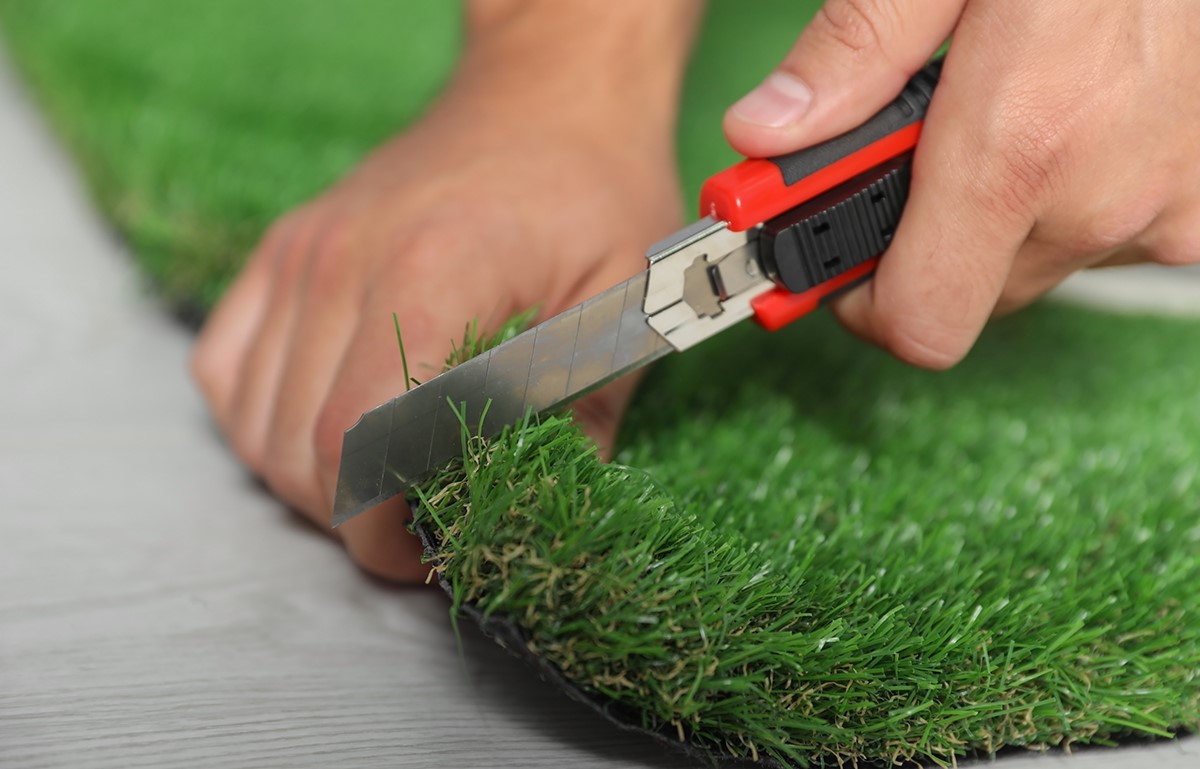

Landscaping Ideas
How To Cut Turf Grass
Modified: February 18, 2024
Learn the best landscaping ideas for cutting turf grass and maintaining a lush, beautiful lawn. Discover expert tips and techniques for a well-groomed yard. Ideal for homeowners and garden enthusiasts.
(Many of the links in this article redirect to a specific reviewed product. Your purchase of these products through affiliate links helps to generate commission for Storables.com, at no extra cost. Learn more)
Introduction
So, you've decided to take the plunge and transform your outdoor space into a verdant oasis. Congratulations! Landscaping can be a fulfilling endeavor, and one of the crucial elements of a well-manicured lawn is the turf grass. Whether you're a seasoned gardener or a novice enthusiast, understanding the ins and outs of cutting turf grass is paramount to achieving a lush and healthy lawn.
In this comprehensive guide, we'll delve into the nitty-gritty of turf grass cutting, from the different types of turf grass to the essential tools and techniques required for a pristine cut. Additionally, we'll explore the vital steps for preparing the area, executing the cutting process, and maintaining the freshly cut turf grass. By the end of this journey, you'll be equipped with the knowledge and confidence to elevate your lawn care game and revel in the beauty of a well-groomed expanse of turf grass.
Let's embark on this green-fingered adventure and uncover the secrets to achieving a flawlessly manicured lawn through expert turf grass cutting practices.
Key Takeaways:
- Choose the right turf grass for your lawn based on climate, soil, and maintenance preferences to ensure a healthy and vibrant outdoor space.
- Equip yourself with essential tools and master cutting techniques to create a beautifully manicured lawn that enhances the beauty of your home.
Read more: How To Cut Astro Turf
Understanding the Different Types of Turf Grass
Before delving into the art of cutting turf grass, it’s essential to grasp the diversity of turf grass species. Each type of turf grass boasts unique characteristics, making it crucial to select the most suitable variety for your specific lawn requirements. Here are some common types of turf grass:
- Bermuda Grass: Known for its exceptional heat tolerance and rapid growth, Bermuda grass thrives in warm climates and exhibits excellent wear resistance, making it ideal for high-traffic areas.
- Zoysia Grass: With its dense, lush texture and superior drought tolerance, Zoysia grass is perfect for lawns in transition zones, where both warm and cool-season grasses are viable.
- Fescue Grass: This cool-season grass variety is celebrated for its adaptability to shade and low maintenance requirements, making it a popular choice for lawns in cooler regions.
- St. Augustine Grass: Renowned for its lush, carpet-like appearance and shade tolerance, St. Augustine grass is well-suited for lawns in warm, coastal regions.
- Kentucky Bluegrass: A cool-season grass prized for its rich, emerald hue and exceptional cold tolerance, Kentucky bluegrass is an excellent choice for lawns in northern regions.
Understanding the unique attributes of these turf grass varieties is pivotal in determining the most suitable option for your lawn. Factors such as climate, soil type, sun exposure, and maintenance preferences should all be considered when selecting the optimal turf grass species.
By acquainting yourself with the distinct characteristics of various turf grass types, you can make an informed decision that aligns with your aesthetic preferences and environmental conditions. With the right turf grass variety in place, you’ll be poised to embark on the next phase of the lawn care journey: cutting the grass with finesse and precision.
Tools and Equipment Needed for Cutting Turf Grass
Embarking on the task of cutting turf grass requires a set of essential tools and equipment to ensure a seamless and professional outcome. Here are the key items you’ll need to have on hand:
- Lawn Mower: A reliable lawn mower is indispensable for cutting turf grass. Whether you opt for a traditional push mower, a self-propelled model, or a ride-on mower for larger areas, selecting the right type based on your lawn size and personal preference is crucial.
- Edging Shears: These handheld shears are perfect for trimming the edges of the lawn with precision, creating a neat and polished look along borders, walkways, and flower beds.
- String Trimmer: Also known as a weed eater or weed whacker, a string trimmer is invaluable for reaching areas that are challenging to access with a lawn mower, such as around trees, fences, and garden ornaments.
- Rake: A sturdy rake is essential for clearing debris, thatch, and fallen leaves from the lawn before cutting, ensuring a smooth and even mowing process.
- Grass Catcher: If your lawn mower doesn’t have a built-in grass catcher, investing in a detachable catcher can simplify the task of collecting grass clippings, promoting a tidy and immaculate lawn surface.
- Protective Gear: Don’t overlook the importance of protective gear, including safety goggles, gloves, and sturdy footwear, to safeguard yourself during the turf grass cutting process.
Equipping yourself with these essential tools and equipment sets the stage for a successful turf grass cutting endeavor. By ensuring that your arsenal is complete and well-maintained, you’ll be ready to execute the cutting process with efficiency and finesse, resulting in a beautifully manicured lawn that exudes charm and allure.
Preparing the Area for Cutting
Before diving into the act of cutting turf grass, it’s imperative to prepare the area meticulously to lay the groundwork for a flawless and effective mowing session. Here are the essential steps to take when preparing the lawn for cutting:
- Clear Debris: Begin by removing any debris, such as branches, stones, or children’s toys, from the lawn to prevent potential damage to the mower and ensure a smooth mowing experience.
- Inspect for Obstacles: Take a thorough walk around the lawn to identify any potential obstacles, such as sprinkler heads, exposed tree roots, or garden ornaments, and address them to prevent disruptions during the cutting process.
- Trim Edges: Use edging shears or a string trimmer to tidy up the edges of the lawn, creating a clean and defined border that complements the overall appearance of the yard.
- Check Mower Condition: Inspect the lawn mower to ensure that it is in optimal working condition, with sharp blades and sufficient fuel. Additionally, adjust the cutting height based on the grass variety and the desired length of the turf.
- Address Wet Areas: If certain sections of the lawn are damp or soggy, consider postponing the cutting session for those areas to prevent soil compaction and damage to the grass.
- Mark Boundaries: If there are specific areas of the lawn where you want to avoid mowing, such as flower beds or delicate plants, clearly mark these boundaries to guide the mowing process and protect the designated spaces.
By meticulously preparing the area for cutting, you set the stage for a successful and efficient turf grass cutting experience. Taking the time to address potential obstacles, clear debris, and ensure that your equipment is primed for action lays the groundwork for a seamless and rewarding mowing session that will elevate the allure of your outdoor space.
When cutting turf grass, make sure to use a sharp mower blade to prevent tearing the grass. Additionally, avoid cutting more than one-third of the grass height at a time to maintain a healthy lawn.
Techniques for Cutting Turf Grass
Executing the cutting process with precision and finesse is essential for achieving a beautifully manicured lawn. Here are some expert techniques to elevate your turf grass cutting game and ensure a flawless outcome:
- Mowing Pattern: Varying your mowing pattern with each session can prevent the grass from developing a grain pattern and promote even growth. Consider mowing in a different direction each time, such as horizontal one week and vertical the next, to maintain a balanced and healthy lawn.
- Optimal Mowing Height: Adjust the cutting height of the mower based on the specific turf grass variety and the season. As a general rule, avoid cutting more than one-third of the grass blade’s length at a time to prevent stress and maintain the overall health of the lawn.
- Overlap Technique: When mowing, overlap each pass slightly to ensure that no patches of grass are missed, resulting in a uniform and well-groomed appearance across the entire lawn.
- Sharp Blades: Regularly sharpen the blades of your lawn mower to achieve clean and precise cuts, preventing grass fraying and minimizing the risk of disease or damage to the turf.
- Timing: Avoid mowing the lawn when the grass is wet, as this can lead to clumping and an uneven cut. Opt for mowing during the cooler parts of the day to minimize stress on the grass and maximize the visual impact of the freshly cut lawn.
- Grass Clippings: Consider leaving grass clippings on the lawn after mowing, as they can act as a natural fertilizer, returning valuable nutrients to the soil and promoting healthy growth.
By incorporating these techniques into your turf grass cutting routine, you can elevate the aesthetic appeal of your lawn while nurturing the overall health and vitality of the grass. Embracing these best practices will empower you to achieve a flawlessly manicured lawn that serves as a testament to your dedication and expertise in lawn care.
Read more: How To Cut Roll Of Turf Grass
Maintaining and Caring for Cut Turf Grass
After the turf grass cutting process is complete, it’s essential to implement ongoing maintenance and care practices to preserve the pristine appearance and health of the lawn. Here are key steps to ensure the longevity and vitality of your freshly cut turf grass:
- Watering: Adequate and consistent watering is crucial to sustain the health of the grass. Water the lawn deeply and infrequently, preferably in the early morning, to promote deep root growth and resilience.
- Fertilization: Apply a balanced fertilizer at the appropriate times to provide essential nutrients that support vigorous growth and vibrant color. Be mindful of the specific needs of your turf grass variety to ensure targeted and effective fertilization.
- Weed Control: Regularly inspect the lawn for weeds and implement targeted control measures to prevent invasive plants from detracting from the beauty of the turf grass. Utilize safe and effective weed control products or manual removal techniques as needed.
- Aeration: Periodically aerate the lawn to alleviate soil compaction and enhance air, water, and nutrient penetration, fostering a robust and resilient root system.
- Dethatching: If thatch accumulates on the lawn, consider dethatching to prevent it from impeding water and nutrient absorption, promoting a healthy and vibrant turf.
- Regular Inspections: Routinely inspect the lawn for signs of pests, diseases, or stress, and take prompt action to address any issues that may compromise the well-being of the turf grass.
By implementing these maintenance practices, you can uphold the impeccable appearance and vitality of your cut turf grass, ensuring that it remains a source of pride and beauty in your outdoor space. With consistent care and attention, your lawn will flourish, becoming a lush and inviting canvas that enhances the aesthetic appeal of your home.
Conclusion
Cutting turf grass is not merely a chore; it’s an art form that transforms a patch of greenery into a captivating and inviting landscape. By understanding the diverse types of turf grass, equipping yourself with the essential tools, and mastering the techniques for cutting and maintaining the grass, you embark on a journey of nurturing and enhancing the natural beauty of your outdoor space.
As you navigate through the intricacies of turf grass cutting, remember that it’s not just about achieving a visually appealing lawn; it’s about fostering a thriving ecosystem that harmonizes with the environment and enriches your daily life. The meticulous preparation, precise cutting techniques, and ongoing care you invest in your turf grass culminate in a lush and vibrant expanse that beckons you to unwind, play, and connect with nature.
So, whether you’re admiring the uniform lines of freshly cut grass, reveling in the softness underfoot, or simply savoring the sight of your meticulously tended lawn, take pride in the artistry and dedication you bring to your outdoor sanctuary. Your commitment to the craft of turf grass cutting not only yields a stunning visual display but also fosters a sense of tranquility and pride in your personal oasis.
As you continue to nurture and care for your cut turf grass, may it serve as a testament to your unwavering dedication to creating a haven of natural beauty, where the symphony of grass blades swaying in the breeze invites you to pause, breathe, and appreciate the simple joys of a well-tended lawn.
Frequently Asked Questions about How To Cut Turf Grass
Was this page helpful?
At Storables.com, we guarantee accurate and reliable information. Our content, validated by Expert Board Contributors, is crafted following stringent Editorial Policies. We're committed to providing you with well-researched, expert-backed insights for all your informational needs.
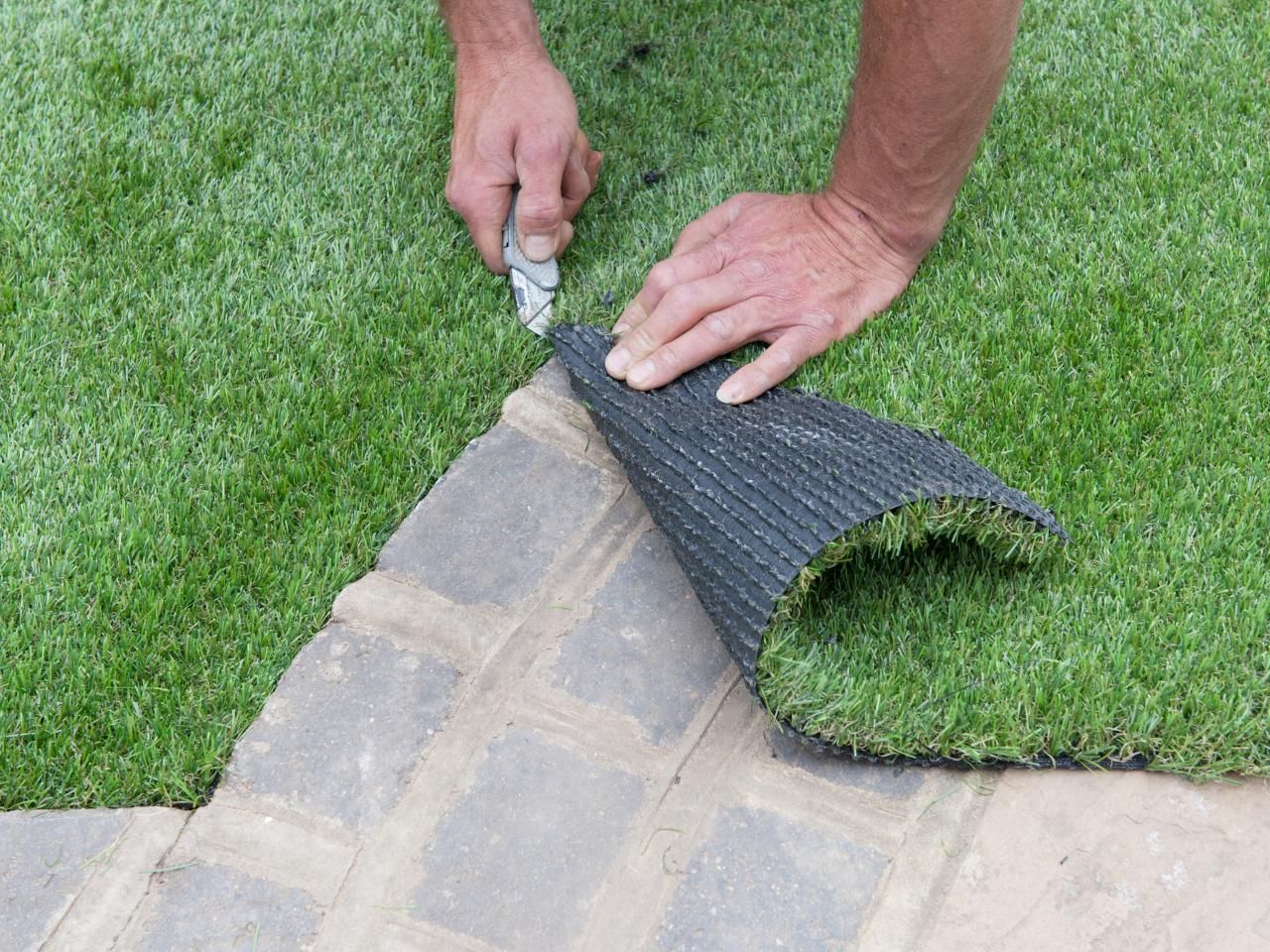
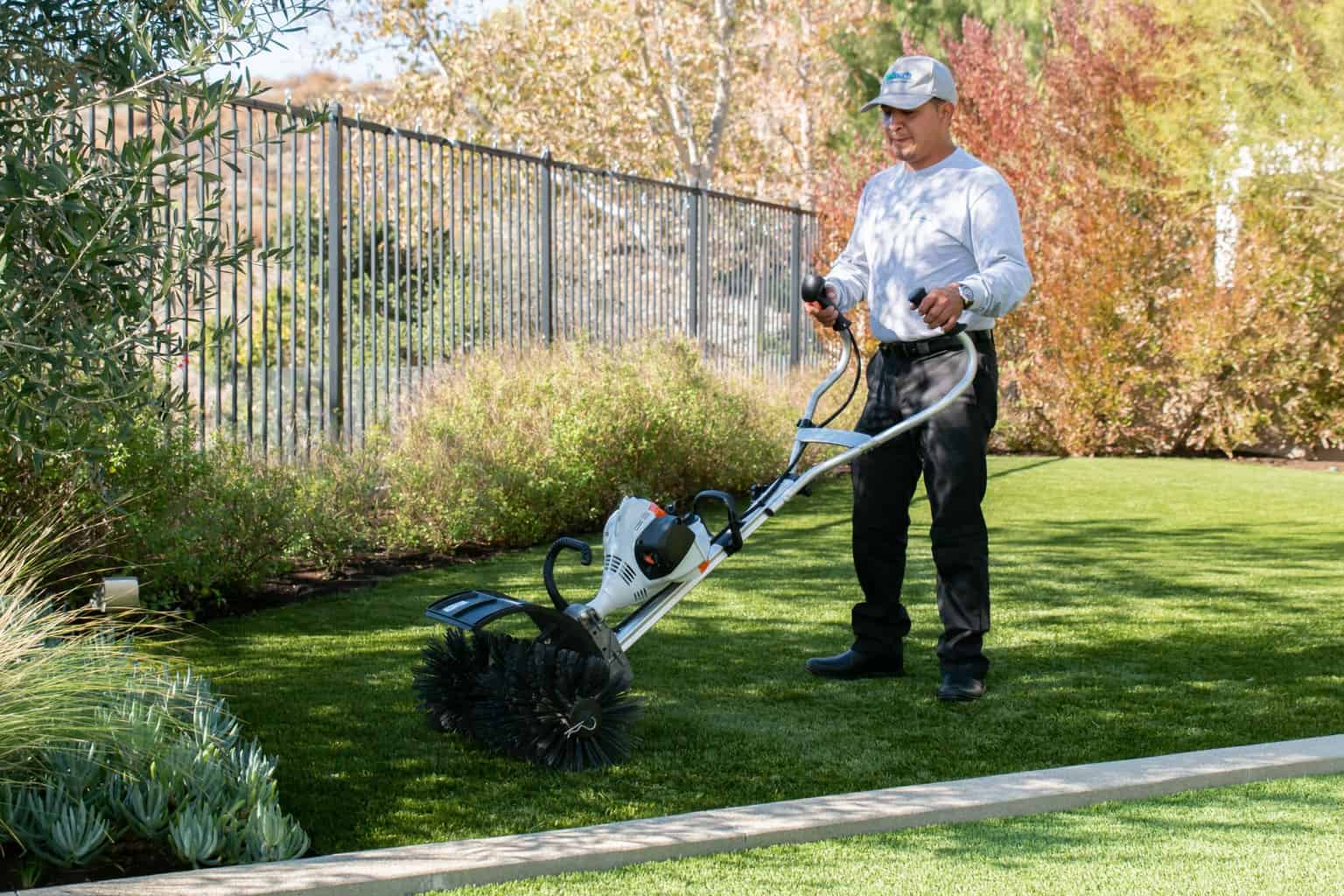
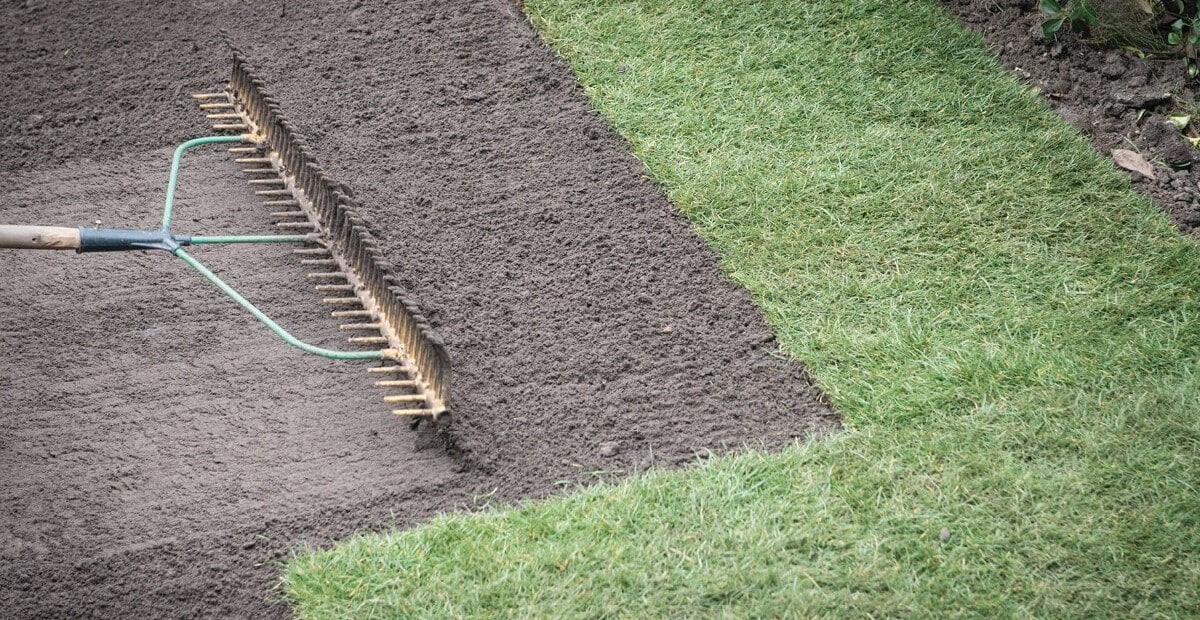
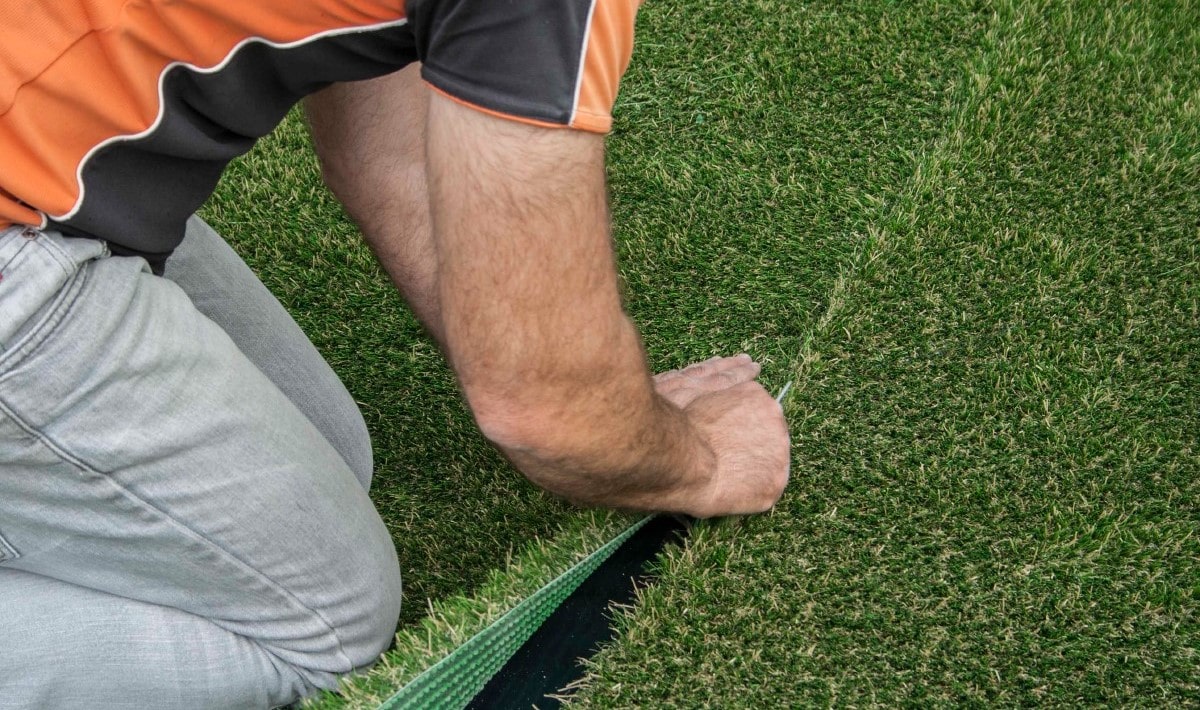

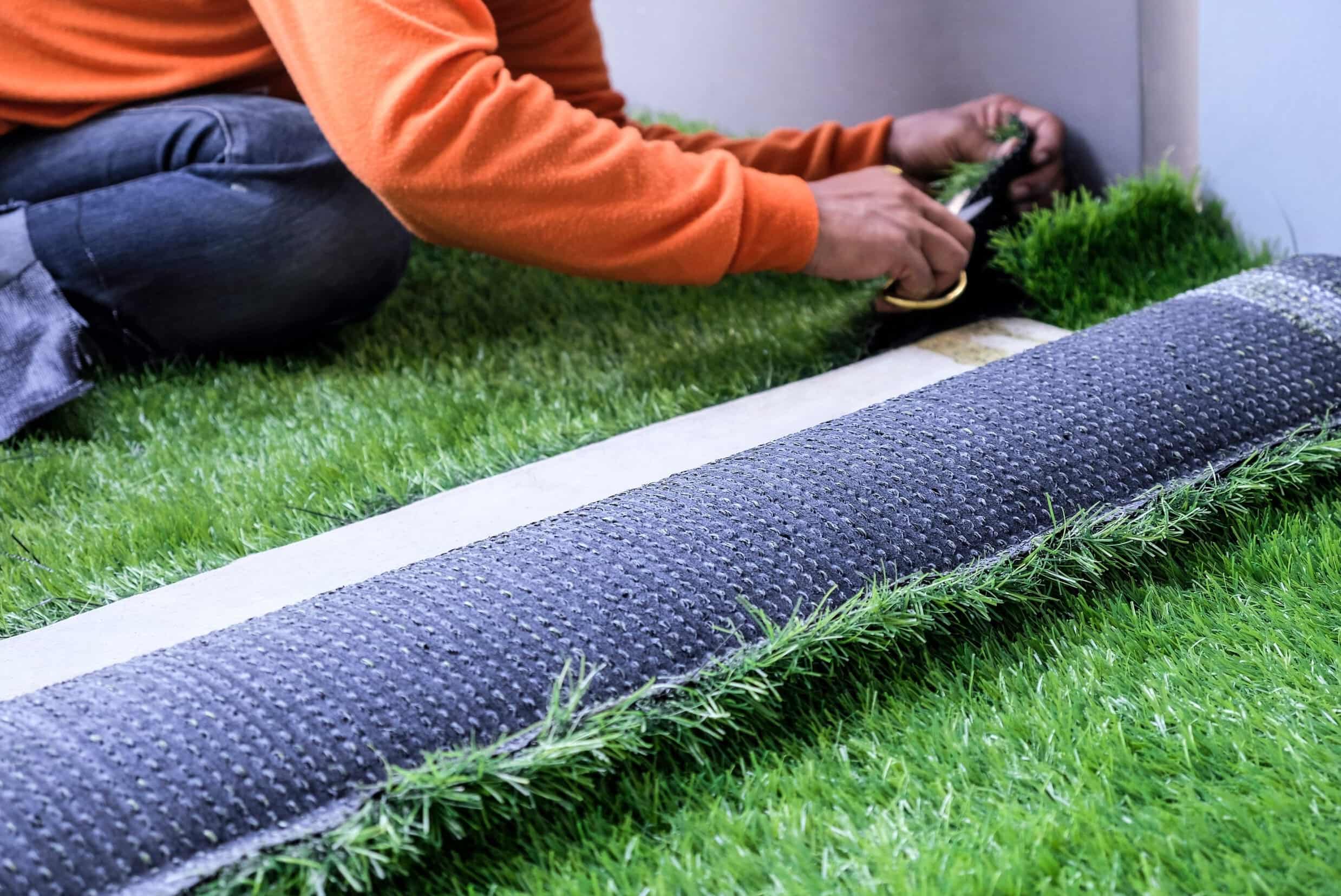
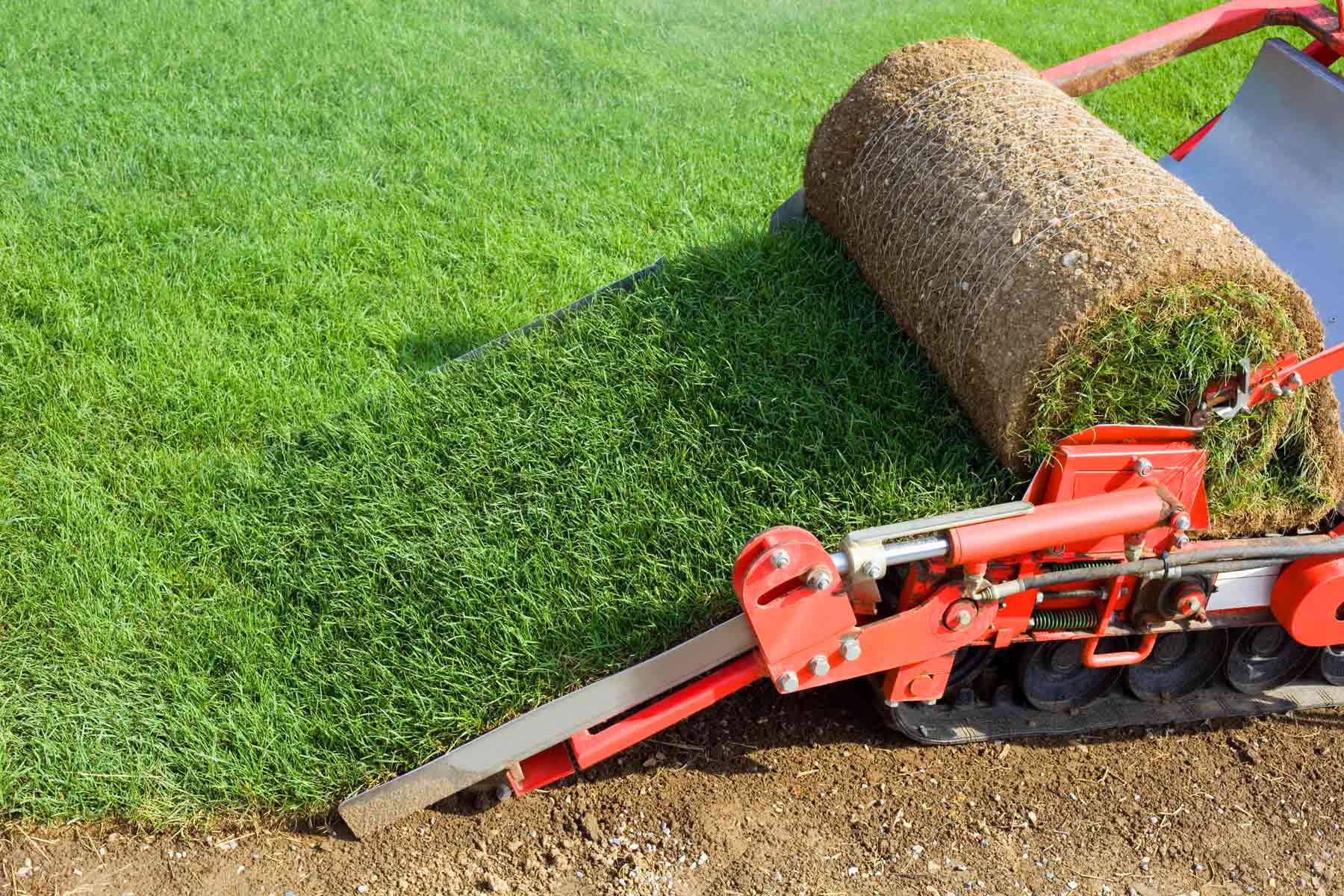

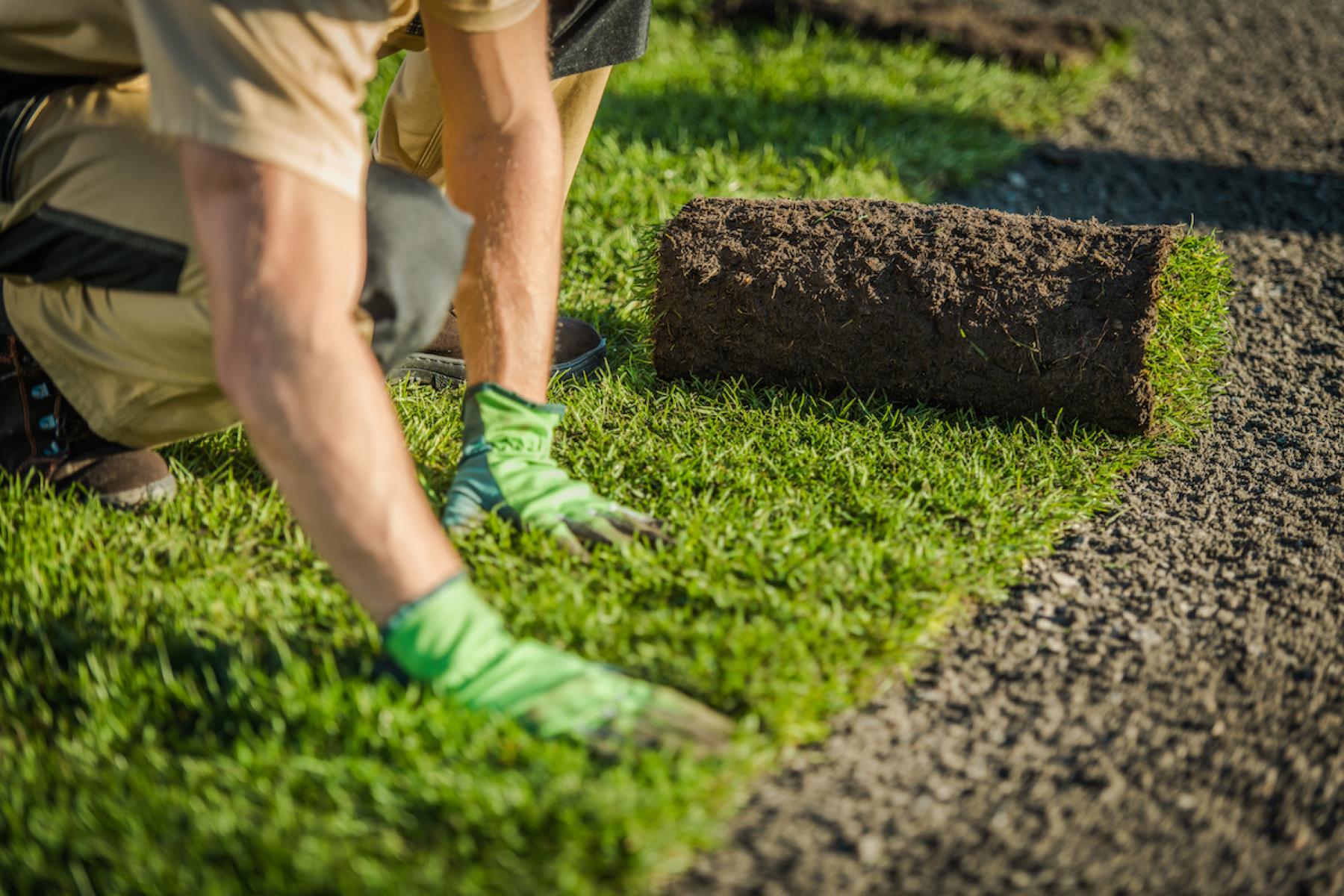

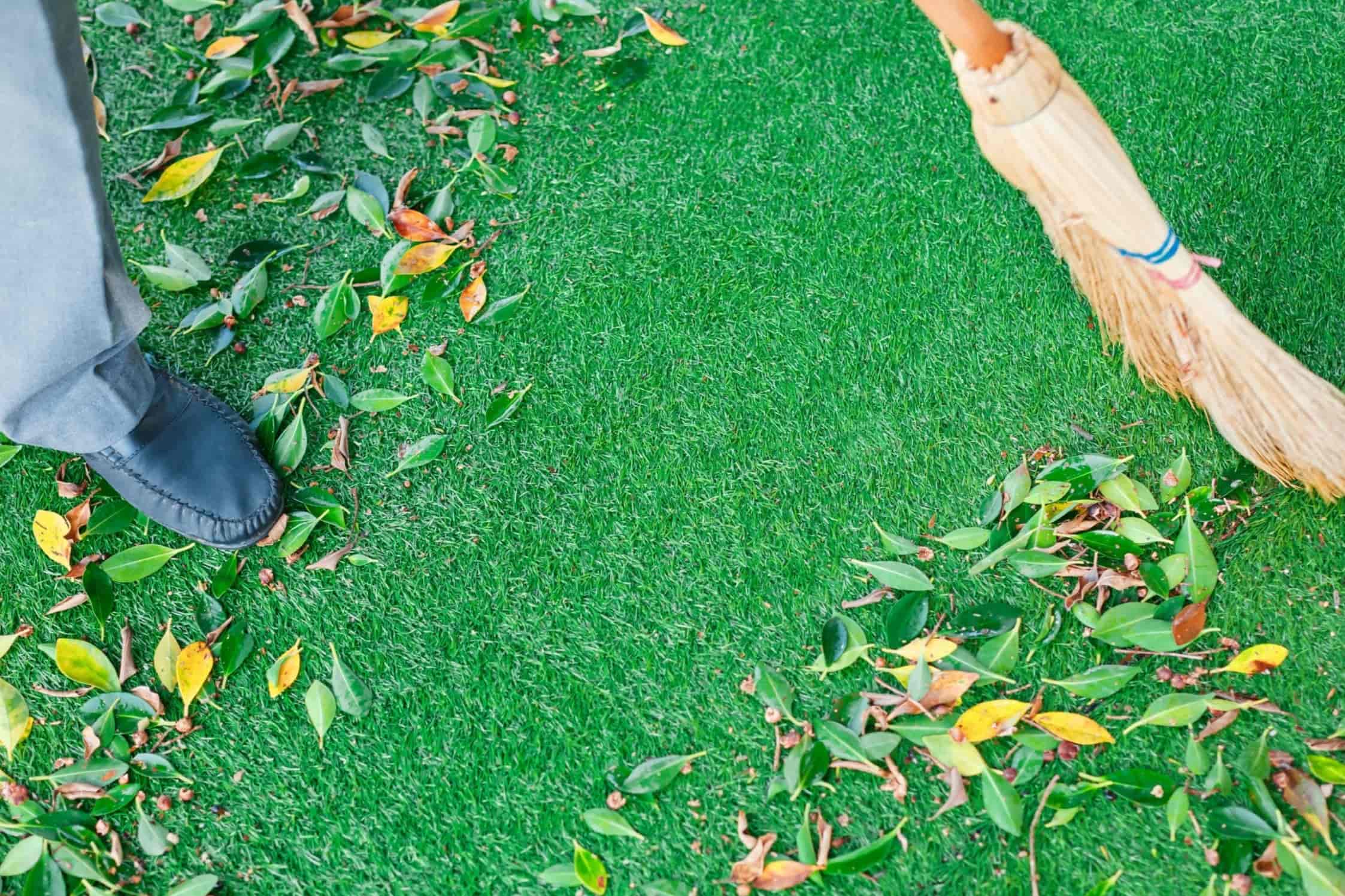
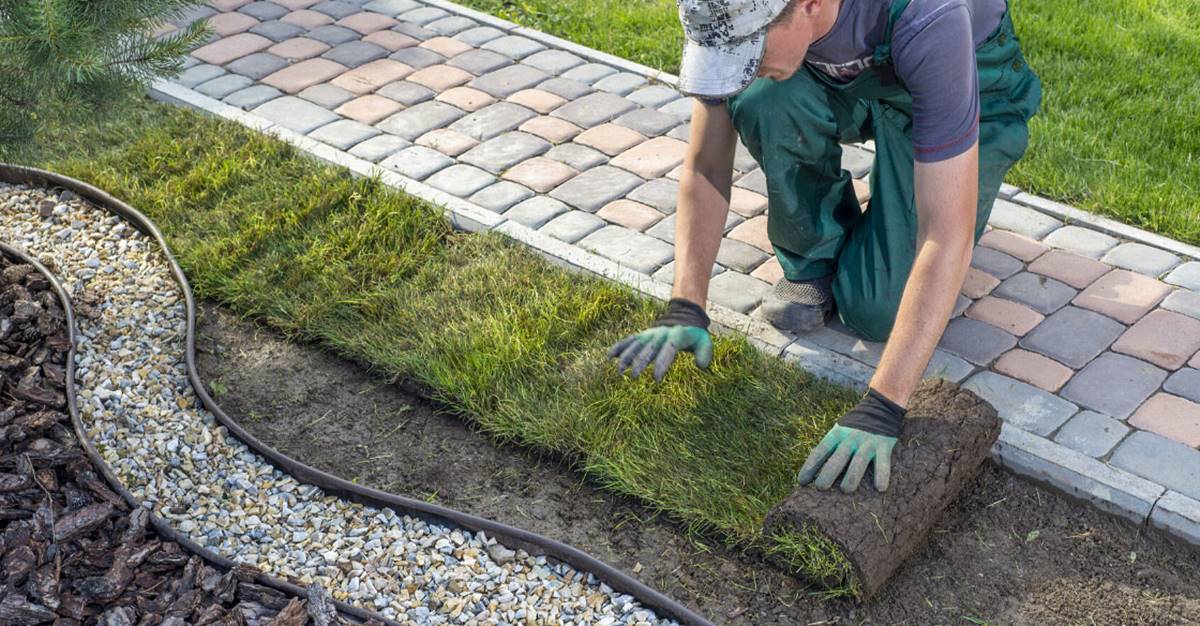
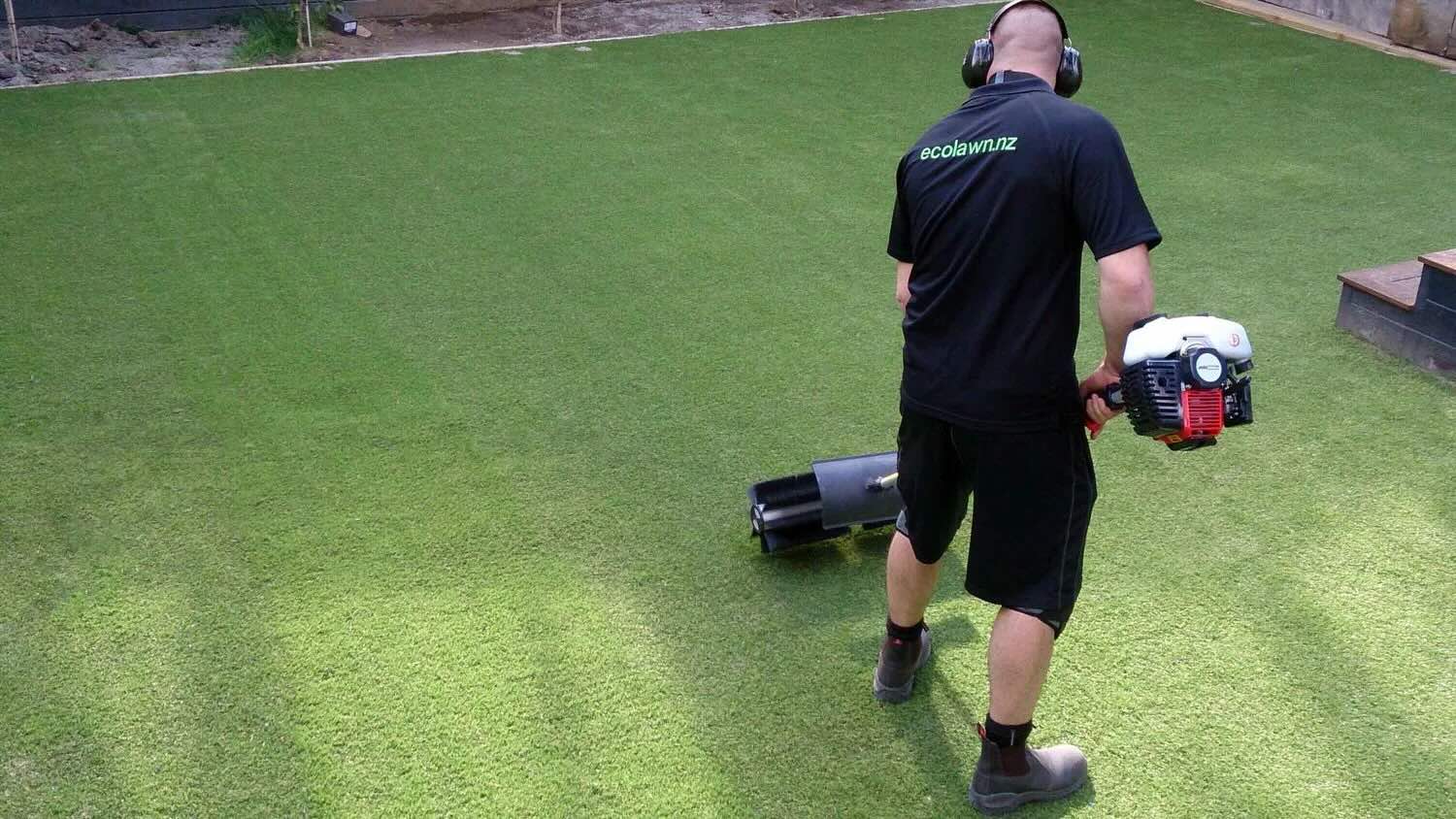
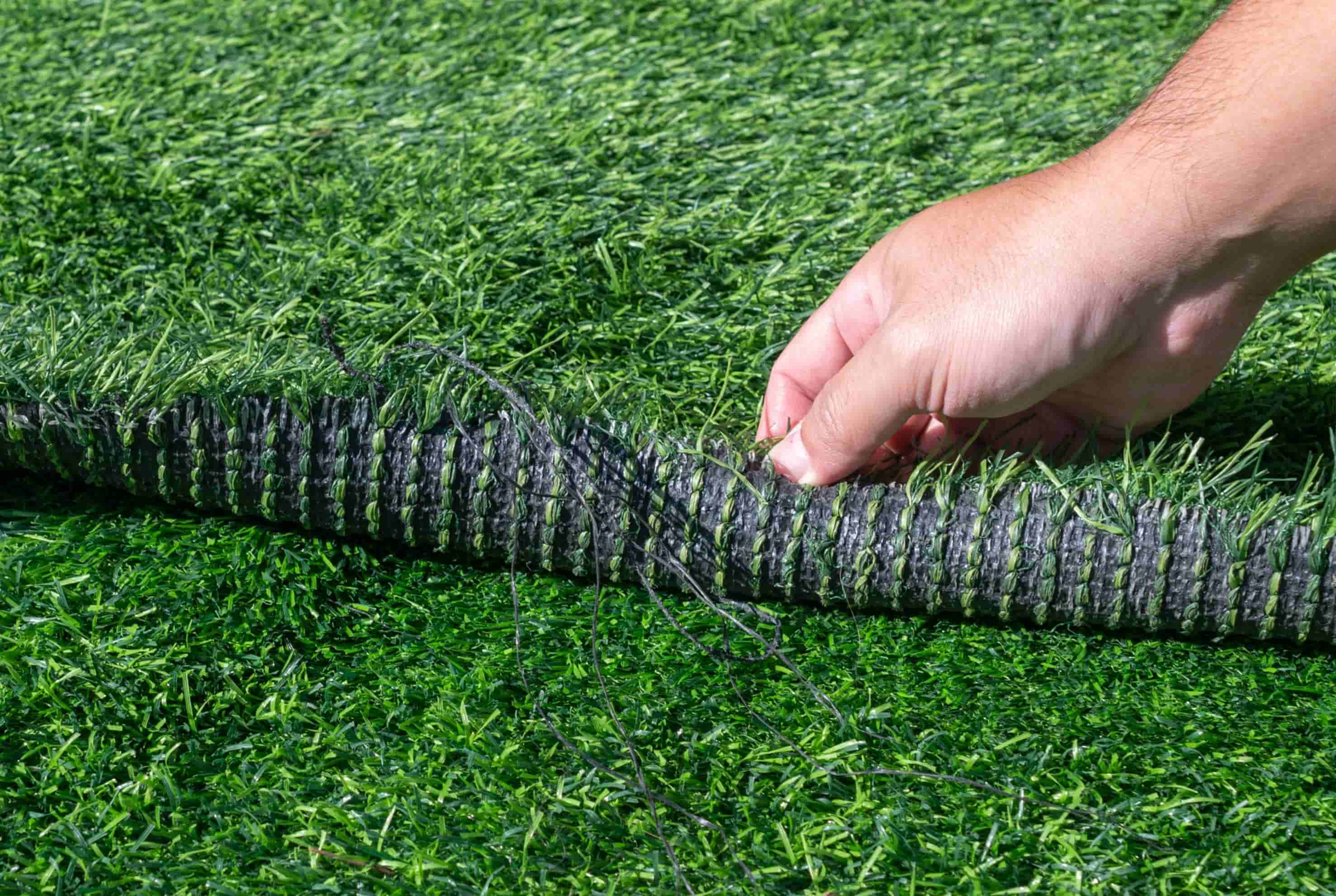

0 thoughts on “How To Cut Turf Grass”